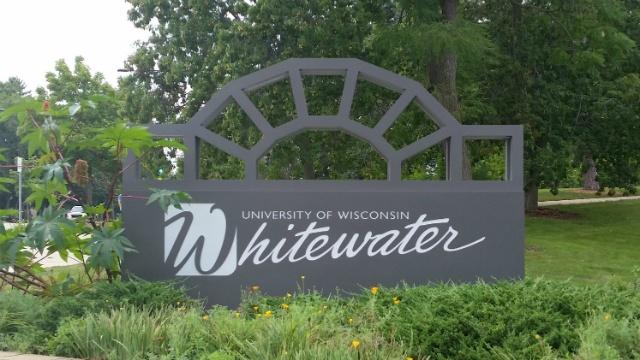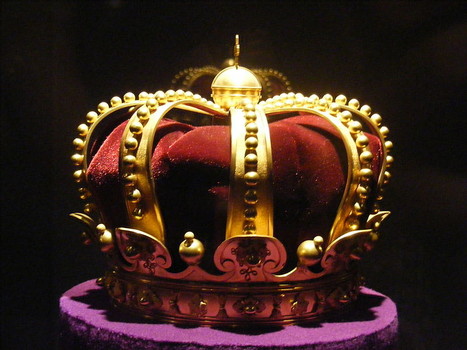HEALTH AND OTHER PROBLEMS IN PUERTO RICO
LOIZA, PUERTO RICO (NBC) – Hurricane season is almost over for the Northern Hemisphere, but the troubles brought to citizens affected are not even close to over. After almost 2 months after the destructive hurricanes Irma and Maria hit Puerto Rico, citizens still having trouble rebuilding their island. According to USA TODAY, even though that water mains on the U.S territory of Puerto Rico have been repaired, a major majority of citizens still do not even have any running water, or safe drinking water.
When Hurricane Maria struck Puerto Rico on September 20, the island was beginning to recover from the effects of Hurricane Irma. Maria was already a monstrous Category 4 hurricane when it hit Puerto Rico, with wind speeds up to 155 mph. The storm killed over 10 residents and knocked out all electricity and telecommunication services.
Health officials from the United States who have been in Puerto Rico since Hurricane Maria struck say that water in Puerto Rico is contaminated with harmful bacteria and debris from the storms, which now poses as a health crisis for citizens. Doctors and nurses have so far treated widespread symptoms related to contaminated water including vomiting and amnesia. Over 70 suspected cases of a dangerous bacteria called leptospirosis, which caused the death of 2 people, have been reported. The Centers for Disease Control in Atlanta, Georgia said there there are ongoing tests and testing samples which they suspect to be leptospirosis. So until the crisis is resolved, residents will have no choice but to drink only bottled water, which is shipped by the hour by the U.S Military from the mainland, and water that runs down from mountain springs and creeks, which they advised to boil before using.
“The humanitarian crisis that so many speak of is what we are living daily in Morovis, while the AAA refuses to look for other alternatives,” Morovis Mayer Carmen Maldonado said.
According to Erik Olson, the health program director at the Natural Resources Defense Council, things could be getting worse in terms of safe drinking water. “The drinking water in Puerto Rico was already very fragile,” he said. “When you lose water pressure, what can happen is if there’s underground contamination with sewage or flooding, that water can get into those pipes.”
In Loiza, 20 miles east of the capital city of San Juan, municipal officers are providing only bottled water to 29,000 residents from house to house wit tanker trucks.
But now that demand on bottled water only in Puerto Rico is so high, the price for it went up higher as well. “Bottled water can be hard to find and it gets expensive,” said Maria Ortiz, one of many residents dealing with the aftermath. “If you are lucky to find some, a pack of 24 water bottles that used to be $3.99 is now $7.50.”
Water isn’t the only problem that Puerto Rico is facing. Ever since Hurricane Irma struck Puerto Rico on September 6, 2 weeks before Hurricane Maria, over 1 million residents have lost power and that problem still hasn’t been resolved in many parts of the island.
THE STORM’S EFFECT IN CUBA
HAVANA, CUBA (CNN) – According to CNN, as Hurricane Irma made landfall in Cuba on Friday, September 8, 2017 as a Category 5 storm, it tore apart cities and towns and bringing floodings to many areas of Havana. With wind speeds of up to 125 mph, the storms tore off roofs of buildings, ripped up trees from the ground, and forced mandatory evacuations of coastal cities like Havana.
The stinging rain and winds from the the storm began pummeling the city of Caibarién, almost 200 miles from Havana. The storm knocked out the power in the city, which would normally be busy with tourists. By the next day, massive waves began making their way into the streets, flooding the whole town with several feet of water in a time period of a few hours.
Many people who live in coastal cities all over Cuba live in old single story homes near the beaches, putting them at risk to rising floodwaters from the ocean that could be as high as their roofs. Rescue officials say that cleanup and recovery will take some time. Many civilians and tourists had left the nation before the storm struck, leaving flights leading to American cities like Miami and Fort Lauderdale booked solid.
At the U.S Embassy in Havana, a part of the gate that protects the compound were knocked over by the humongous waves and strong winds. Cuban police and United States Marines quickly surrounded the area to repair the gate and protect the facility before the storm got worse.
WHAT HAPPENED IN THE UNITED STATES (TEXAS AND FLORIDA)
HOUSTON, TEXAS (CNN) – According to CNN, one of the first major hurricanes in this year’s hurricane season was Hurricane Harvey, a category 4 hurricane which struck Texas and other states on the coast of the Gulf of Mexico. Houston, and other areas of southeastern Texas and Louisiana. Flash flood warnings were issued for all of southeastern Texas and residents were advised to stay in their homes and avoid all traveling. Hurricane Harvey has reported to be the worst hurricane that residents of Texas have experienced in over a decade.
In the first hour of the storm, a reported 4 inches of rain had fallen in the region. A woman had been swept away in her vehicle by the raging flood waters, but was saved by a Houston police officer.
The first fatality of Hurricane Harvey was reported in the coastal city of Rockport, Texas, 3 hours away from Houston. A person died in a house fire that was ignited by lightning. Over 5,000 residents of Rockport were reported to have stayed behind to wait out the storm.
With the storm now inland, there were greater dangers and warnings like the chance of tornadoes forming. Texas is also one of the few states in Tornado Alley. There were also more serious warnings concerning flooding, and what the storm could do like rip up trees, tear the roofs off of houses, and stop transportation.
FLORIDA
MIAMI, FLORIDA (CNN) – When Hurricane Irma struck Florida on September 10, it was a category 2 storm, making it way less powerful when it struck Cuba, 90 miles to the south of the Florida Keys. The storm made its way up Florida’s Gulf of Mexico coast towards Alabama. But the storm still caused flooding on the coast, ripped parts of the roof off houses, and tore away coconuts and leaves on the palm trees, and knocking out power all over the Gulf Coast. Tampa International Airport was forced to be shut down, cancelling flights all over the country.
Just like in Cuba, the streets of major coastal cities were almost deserted with very few people remaining. Sand from Clearwater Beach was blown onto the streets and the ocean flooded into the city of Clearwater.
With over 36 million people, including residents and tourists, trying to evacuate the state at the same time, there was an immediate massive traffic jam on the Florida Turnpike. They too, became stuck in the storm. On the island of Key West in the Florida Keys, evacuation was mandatory. Citizens were told to evacuate to the mainland for their own safety. The island flooded within the first few hours of the storm, but it didn’t cause as much serious damage as officials thought. But by the time the storm left Florida and dissipated over eastern Tennessee, over 55 people in Florida were dead.









